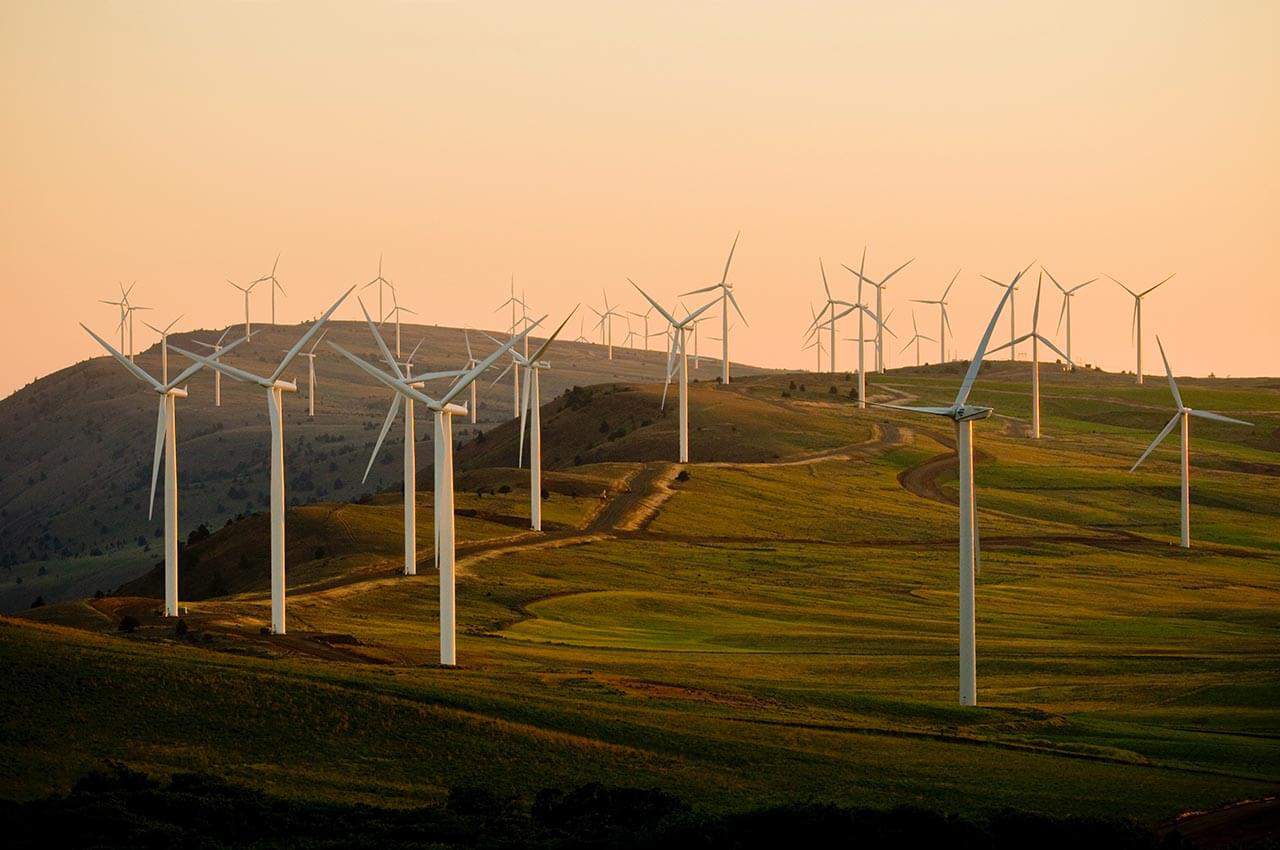Image Credit – Chris LeBoutillier
On Wednesday 15th March, the UK government announced that it will provide £20 billion funding for the Carbon Capture, Utilisation and Storage (CCUS) programme. The funding was unveiled by Chancellor of the Exchequer Jeremy Hunt, who has previously emphasised the need to scale up the UK’s carbon capture industry and to ensure that the first phase of projects is underway by the end of 2024.
Carbon capture has become an increasingly competitive issue with the USA offering substantial green subsidies under President Joe Biden’s Inflation Reduction Act. These incentives, worth $370 billion, are aimed at a range of green technologies and are enticing European firms to invest across the Atlantic.
The Climate Change Committee considers CCUS a “non-optional” component of the UK’s net-zero transition, stressing the importance of investing in this technology in order to achieve the country’s ambitious climate goals.
The Carbon Capture and Storage Association (CCSA), the trade body for the CCUS industry in Europe, welcomed this announcement, stating that it marks a turning point for the sector and provides much-needed certainty to investors in respect that the UK is serious about delivering CCUS.
The Budget confirms that this funding will kick-start early investment in CCUS “unlocking private investment and job creation across the UK, particularly on the East Coast and in the Northwest of England and North Wales, delivering up to 50,000 highly skilled jobs.”
Ruth Herbert, Chief Executive at the CCSA, said:
“We are delighted to see that the Chancellor has today confirmed £20 billion of funding for CCUS. This marks a turning point for this vital sector, delivering the much-needed certainty to investors that the UK is serious about delivering CCUS.
Today’s announcement means that two years since the launch of the programme, we can now move forward with implementing the initial CCUS clusters. Alongside this, the industry is developing a healthy pipeline of projects to deliver on the government’s net zero strategy in industrial regions all around the UK – these other regions are eagerly awaiting their turn to move forward with carbon capture and storage and will need to see the government commit to further deployment.
We look forward to seeing which projects have been chosen to move to construction, the forward timeline for selecting the next CCUS clusters that need to be operational this decade, and a swift passage of the Energy Bill through Parliament, to finalise the regulatory framework for the industry.”
Olivia Trimborn
Public Affairs and Communications Intern at the CCSA
Olivia’s earlier report is here: Carbon Capture, Usage & Storage (CCUS) is a set of technologies that aim to reduce greenhouse gas emissions from large industrial sources. These technologies capture carbon dioxide (CO2) emissions from the flue gases (emanating from combustion plants) produced by burning fossil fuels, and either use the captured CO2 in other industrial processes or store it underground. There are three approaches to carbon capture:
- Pre-combustion capture, which separates CO2 from fossil fuels before they are burned.
- Post-combustion capture, which separates CO2 from flue gases after burning.
- Oxyfuel utilises almost pure oxygen to burn fossil fuels, generating CO2 and steam as byproducts.1
Once captured, CO2 can be used in a variety of ways or stored underground. CCUS is one of the few methods that is capable of removing carbon from the atmosphere at an industrial scale, making it a vital component in helping to achieve emissions reductions on the scale necessary to meet the goals of the Paris Agreement. CCUS is also a priority area of the UK Government’s Ten-Point Plan for a Green Industrial Revolution2 and the Government-commissioned Oxburgh Review argued that CCUS is ‘essential for the lowest cost decarbonisation in the UK.’3
The UK already has a significant advantage in implementing CCUS technology, as its continental shelf has one of the greatest CO2 storage potentials in the world, accounting for approximately 85% of Europe’s storage potential, with the ability to safely store 78 billion tonnes of CO2.4 The UK government has also recently announced its ambitious plan to establish CCUS in two industrial clusters by 2025, with a goal to expand to four sites and to capture and store 20-30 megatonnes of CO2 per year by 2030.5 In this light, CCUS will play a pivotal role in delivering the UK’s target of achieving net zero emissions by 2050, as the technology can significantly reduce emissions from industry, heating, power, transport sectors and can support a greener economy.
The Future of CCUS
The future of carbon capture technology is promising, with many new innovations and developments in the works. One area of focus is improving the efficiency and cost-effectiveness of existing carbon capture technologies. Currently, researchers are working on developing new solvents and adsorbents that can capture CO2 more efficiently. A review by the Department for Business, Energy and Industrial Strategy found that ‘solvent-based technologies with improvements were seen as being the most promising next-generation carbon capture technology.’6
Another encouraging area of carbon capture research is the utilisation of captured CO2. Currently, most captured CO2 is either stored underground or used for enhanced oil recovery (EOR), a process where CO2 is injected into an oil reservoir to increase the amount of oil that can be extracted.7 Yet there are many other potential uses for captured CO2, such as producing algae for biofuels, creating building materials like concrete, or even being used as a feedstock for the chemical industry. Utilising CO2 in this way can help to create a market for the captured CO2, which in turn can help to drive down the cost of carbon capture technology and generate revenue.
Challenges with CCUS
Despite the progress being made in carbon capture technology, there are still challenges that need to be overcome before CCUS can be widely deployed at the scale necessary to make a meaningful impact on global CO2 emissions. Deployment for CCUS has been slow, with only around 20 commercial operations worldwide. However, there has been an increase in momentum with the announcement of plans for over 30 commercial facilities in recent years. Despite the impacts of COVID-19, governments and industries have pledged over $4.5 billion towards CCUS projects.8
One of the main challenges is the cost of carbon capture, as while there is no single fixed cost for CCUS, the current cost of capturing CO2 from power plants is relatively high when compared to the cost of emitting CO2. The cost of storing captured CO2 is also quite high, and there is currently a lack of regulatory and policy frameworks in place to support the deployment of CCUS, as well as a lack of CO2 transport and storage infrastructure.9 However, CCUS technologies are still among some of the cheapest carbon reduction options within the industry.10
However, the costs associated with carbon capture are expected to decrease over time as technology improves and becomes more widely adopted. Ultimately, carbon capture technology is a crucial element in the fight against climate change, and the future of carbon capture is promising.
References
1. London School of Economics, 1 May 2018. What is carbon capture and storage and what role can it play in tackling climate change? Available at https://www.lse.ac.uk/granthaminstitute/explainers/what-is-carbon-capture-and-storage-and-what-role-can-it-play-in-tackling-climate-change/ [accessed 13/01/23]
2. Department for Business, Energy and Industrial Strategy, 24 May 2022. Next Generation Carbon Capture Technology, pp. 10. Available at https://assets.publishing.service.gov.uk/government/uploads/system/uploads/attachment_data/file/1079540/aecom-next-gen-carbon-capture-technology-technology-review-annex-1.pdf [accessed 13/01/23]
3. Industrial Strategy from the Parliamentary Advisory Group, Report to the Secretary of State for Business, Energy and on Carbon Capture and Storage (CCS). September 2016. Lowest Cost Decarbonisation for the UK: The Critical Role of CCS. Available at https://www.sccs.org.uk/images/expertise/reports/oxford/oxburgh_report_the_critical_role_of_CCS.pdf [accessed 13/01/23]
4. Department for International Trade, 2022. Carbon Capture, Usage and Storage. Available at https://www.great.gov.uk/international/content/investment/sectors/carbon-capture-usage-and-storage/ [accessed 13/01/23]
5. Department for International Trade, 2022. Carbon Capture, Usage and Storage
6. Department for Business, Energy and Industrial Strategy, 24 May 2022. Next Generation Carbon Capture Technology, pp. 9.
7. Martin Blunt et al., 5 August 2023. Carbon dioxide in enhanced oil recovery, 34(11) pp. 1197-1204. Available at https://doi.org/10.1016/0196-8904(93)90069-M [accessed 13/01/23]
8. International Energy Agency, 17 February 2021. Is Carbon Capture Too Expensive? Available at https://www.iea.org/commentaries/is-carbon-capture-too-expensive [accessed 13/01/23]
9. Department for Business, Energy and Industrial Strategy, 24 May 2022. Next Generation Carbon Capture Technology, pp. 12.
10. International Energy Agency, 17 February 2021. Is Carbon Capture Too Expensive?

14/01/2023





